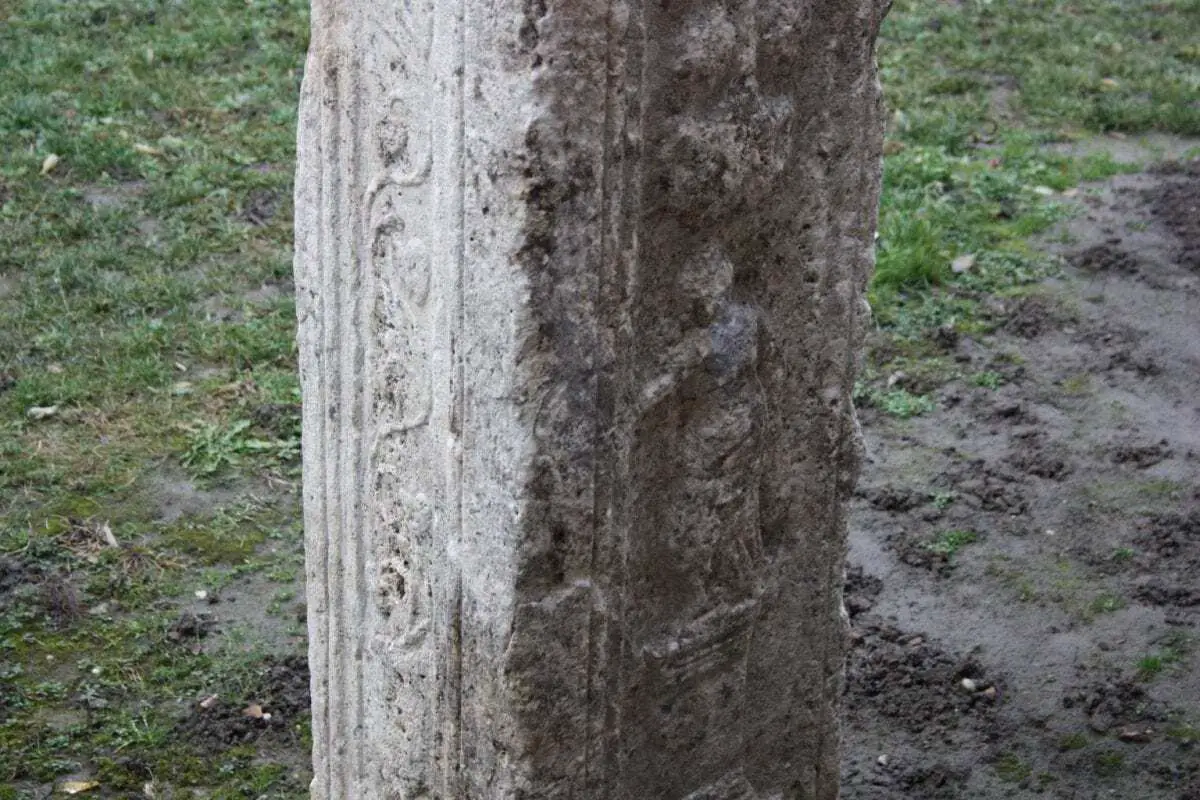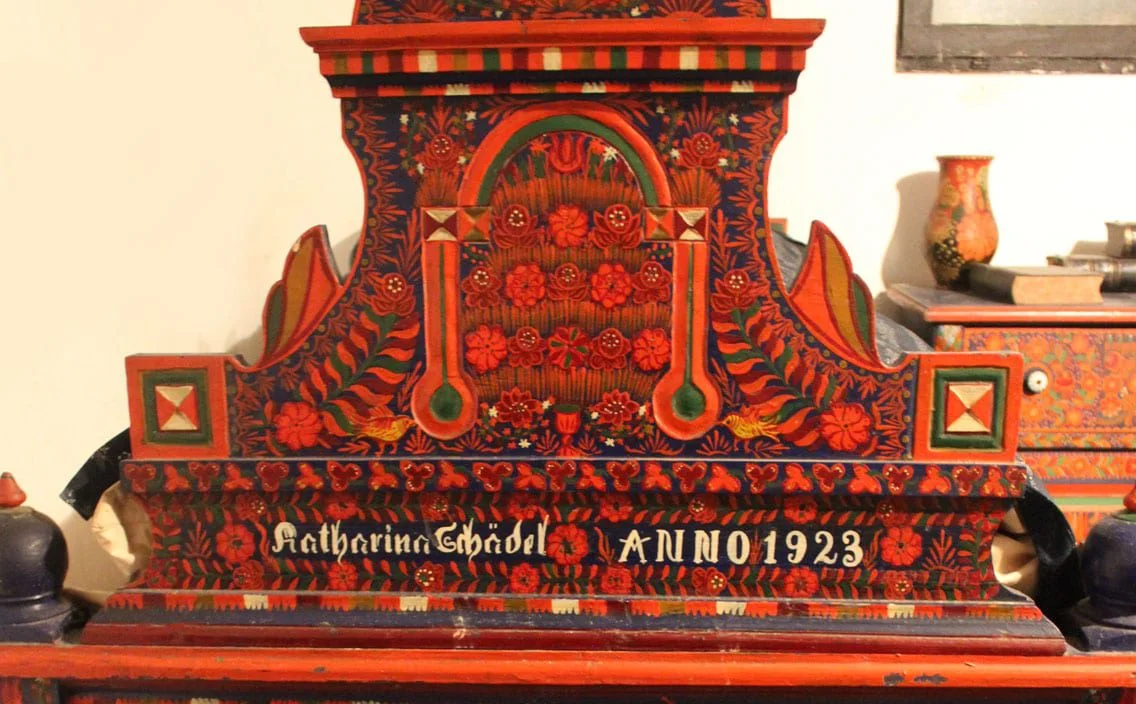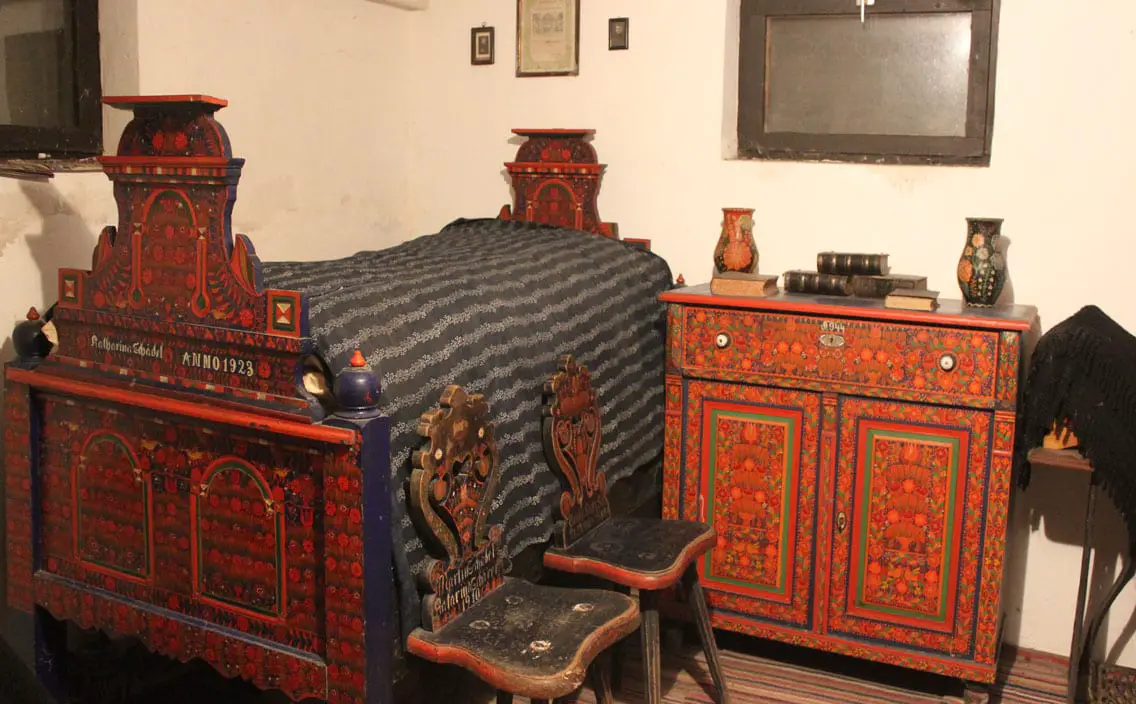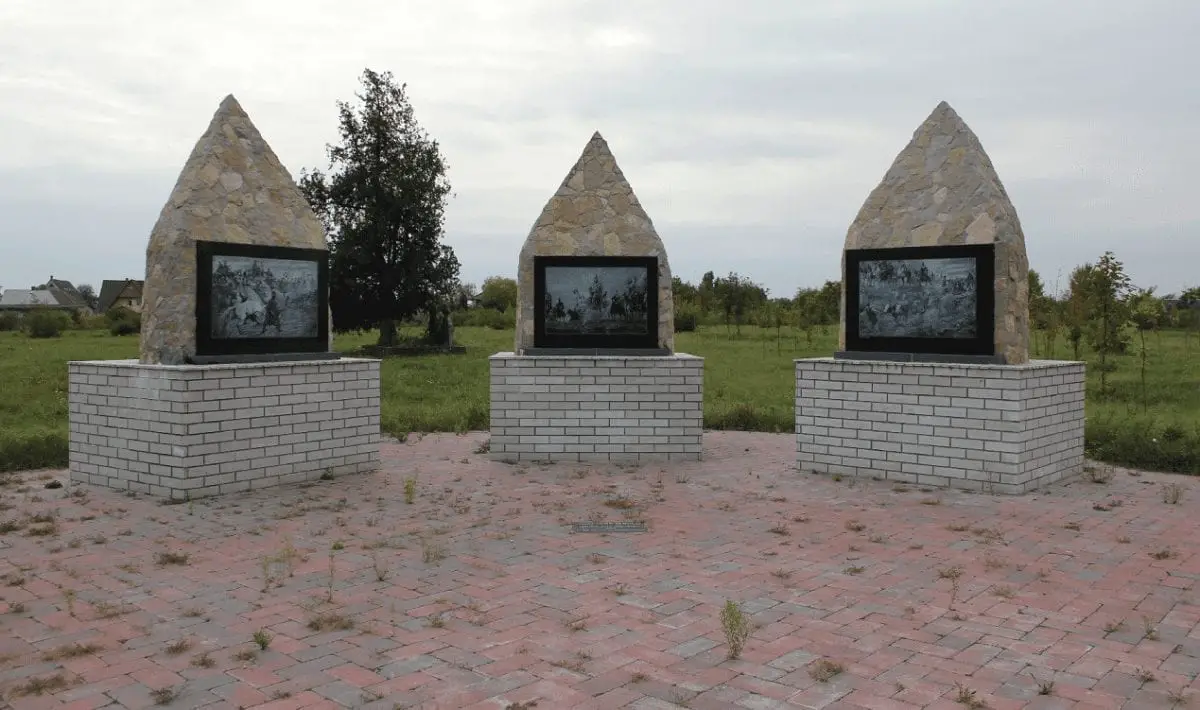Harta is a village located 100 km south of Budapest, Hungary on the banks of the River Danube, famed for its bespoke artisan craftsmanship, unique floral art and local village customs that sets it apart from the rest of Hungary.
The surrounding area of Harta shows evidence of occupation first dating to the Neolithic period (approximately 5000 BC) by archaeological evidence of a Linear Pottery settlement at Hart-Gátőrház. The settlement is a prime reference tool for Neolithic building construction, containing period buildings that include a large long house, rectangular enclosures, grain pits, pottery and several burials. Settlement carried on through to the Bronze Age, where the rich landscape gave rise to a high density of Bronze Age settlements that settled the fertile land fed by the Danube for farming.
In the Roman period, Harta would have been part of the Roman Province of Pannonia. Pannonia was bounded north and east by the Danube, coterminous westward with Noricum and upper Italy, and southward with Dalmatia and upper Moesia. Pannonia was located over the territory of the present-day western Hungary, eastern Austria, northern Croatia, north-western Serbia, northern Slovenia, western Slovakia and northern Bosnia and Herzegovina.
Roman occupation is evident in the “Country House” (Village Museum) that contains carved stones and a collection of Roman bricks dated from the 4th century by a stamp mentioning Emperor Maxentius (Roman Emperor from 306 to 312). Other discoveries include Roman coins, jewellery and examples of terra sigillata, a type of fine red ancient Roman pottery with glossy surface slips.
The Harta museum contains further evidence of nearby Roman occupation thanks to the discovery of recycled Roman masonry and gravestones found in the basement of an adjacent Harta dwelling.

Following centuries of successive habitation by various tribes of “Celts”, Romans, and the Avars, the roots of Harta in the country of Hungary was laid in the late 9th century when the Hungarian grand prince Árpád conquered the Carpathian Basin and settled the Magyars.
In 2002, archaeologists discovered a cemetery complex in Harta called the “settlement burial ground” or the Freifelt cemetery that dates to the 10th century comprising of wealthy middle class Magyars. Two linear rows of graves revealed a total of 22 burials, containing rich grave goods and ornate artefacts.

A genetic analysis of the anthropological material from the graves revealed that the genetic imprints of 11 different families were identified and peculiarly, contained no blood relatives.
Hungary saw a stable period of rule until the outbreak of the Ottoman-Hungarian wars, which was a series of battles and struggle for power between the Ottoman Empire and the medieval Kingdom of Hungary.
After 150 years of war with the Hungarians, the Ottomans gained a decisive victory in 1526 at the Battle of Mohácsin, where King Louis II subsequently died while fleeing.
Amid the resulting political chaos, the divided Hungarian nobility elected two kings simultaneously to rule, John Zápolya and Ferdinand I of the Habsburg dynasty.
With the conquest of Buda by the Turks in 1541, Hungary was divided into three parts and remained so until the end of the 17th century.
The NW part was termed as “Royal Hungary” and was annexed by the Habsburgs who ruled as Kings of Hungary.
The eastern part of the kingdom became independent as the Principality of Transylvania, under Ottoman (and later Habsburg) suzerainty. The remaining central area, including the capital Buda, was known as the Pashalik of Buda where Harta became occupied by the Turkish forces.
The ethnic composition of Hungary was fundamentally changed as a consequence of the prolonged warfare with the Turks. A large part of the country became devastated, population growth was stunted, and many smaller settlements that included Harta subsequently perished.
The Austrian-Habsburg government settled large groups of Serbs and other Slavs in the depopulated south, and settled Germans (called Danube Swabians) in various areas, but Hungarians were not allowed to settle or re-settle in the south of the Great Plain.
The first new settlers to Harta came in 1723 from the German Rhein region, from the provinces of Hessen-Pfalz and Württemberg and they settled down on the Harta estate of landowner Pál Ráday. More recently, one of the original boats constructed from pine beams used by the settlers to traverse the Danube was unearthed and sits today on the river’s edge as testament to the villager’s migration.

By 1877, Harta flourished as a populous village of wealth, inhabited by both some Hungarians and the more predominant German settlers, creating a fusion of art and rural tradition. This is partly attributed to the settlers having limited contact with the neighbouring Hungarian and Slavic nationals and subsequently, few external influences has enabled Harta to maintain its cultural identity and customs that survives to this day.

The men wore traditional Hessian dress (German), made from woven linen trousers tucked into long boots. The ’smizljank’ or long sleeved winter jacket is commonly blue with ornate motives worn under a black waistcoat.
The women wore ‘cviklstrimp’ stockings and a tight-fitting, low front sleeveless top (covered by a finely decorated scarf) that was usually black, over a long white shirt and hand knitted shoes.

The outbreak of World War II proved to be devastating to Harta by the conclusive defeat of the Axis forces. Nearly 100 residents of the village lost their lives in the war, and following 292 inhabitants were deported for forced labour in the Ukraine. An Interstate Convention decreed that 287 German families from Harta were expatriated and 243 Hungarian families were resettled in the village. This has led to a period of joint reconciliation where after 1949 some of the displaced Swabian population has since returned.



Harta today has become of the most significant centres of folk furniture painting in Hungary, both in terms of the quantity and the quality of the furniture produced (often from memory) where the village is considered a major artisan crafts centre in the “Reform Age.”
The settled Germans were self-sufficient in terms of furniture making and produced natural coloured carved hardwood engraved in the Baroque style. It was common for the furniture to be engraved with a date, generally the date of manufacture or commissioned for celebration such as a birth date. The earliest known painted furniture produced in Harta was made in 1820.






In addition to the knowledge that the German settlers brought with them, the culture of the surrounding Hungarian market towns and the effects of the cabinetmakers’ and woodworkers’ centres in Sarkoz and along the Danube can be discovered on the style of the painted furniture of Harta.
Should you ever visit Hungary, you will find examples of the Harta craftsmanship in every gift shop across the country, but should you wish to see the genuine example, then several people still preserve the tradition of furniture making in the village, most notably Peter and Mary Schneider who’s award winning works from their Harta workshop are exhibited in National exhibitions.
The Harta Museum gives an insight as to the traditional life in Harta and has recreated a typical Harta home with period furniture and clothing. Find out more
A traditional Harta wedding (Language – German with Hungarian subtitles)
This article is dedicated to the memory of Kuruc János





